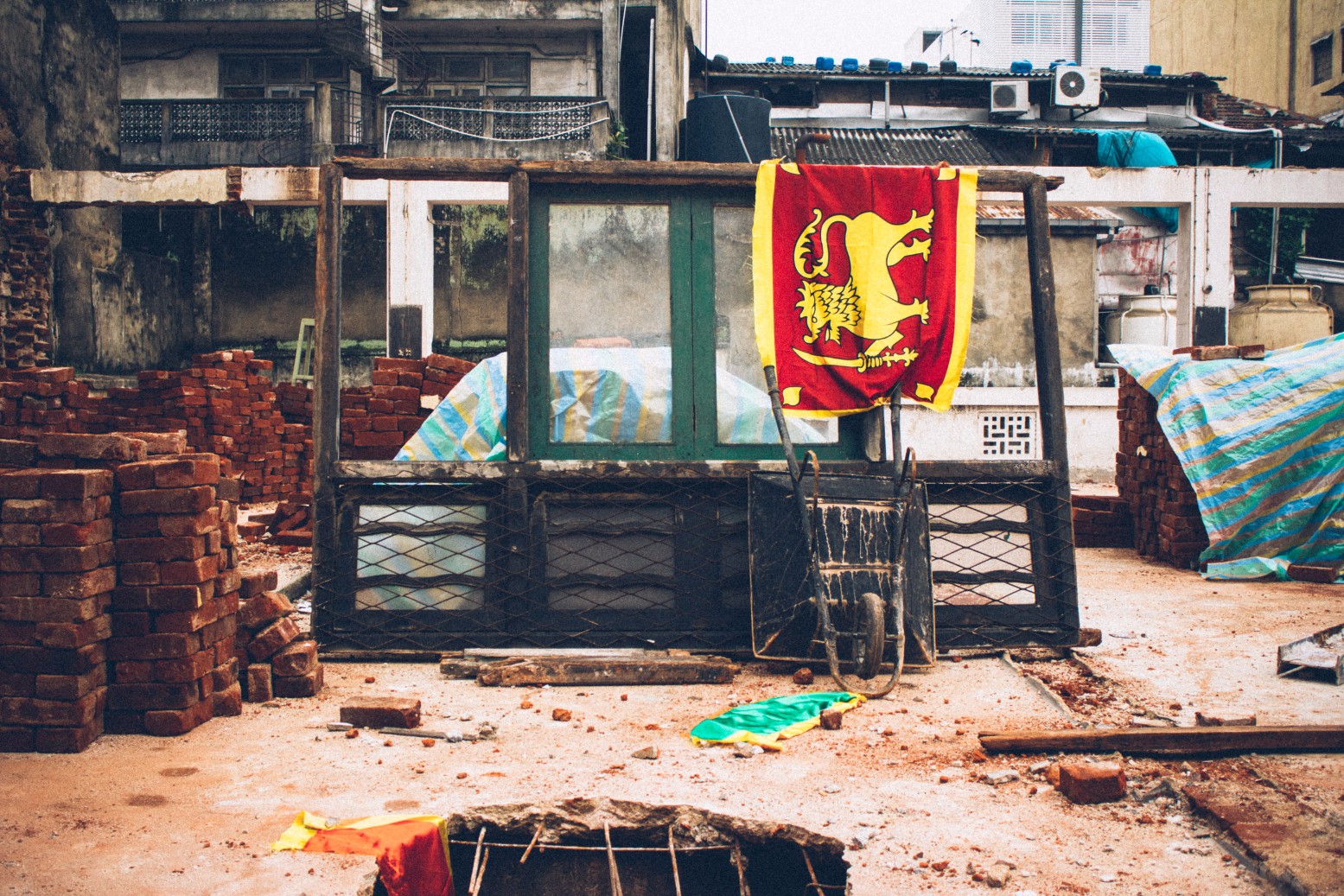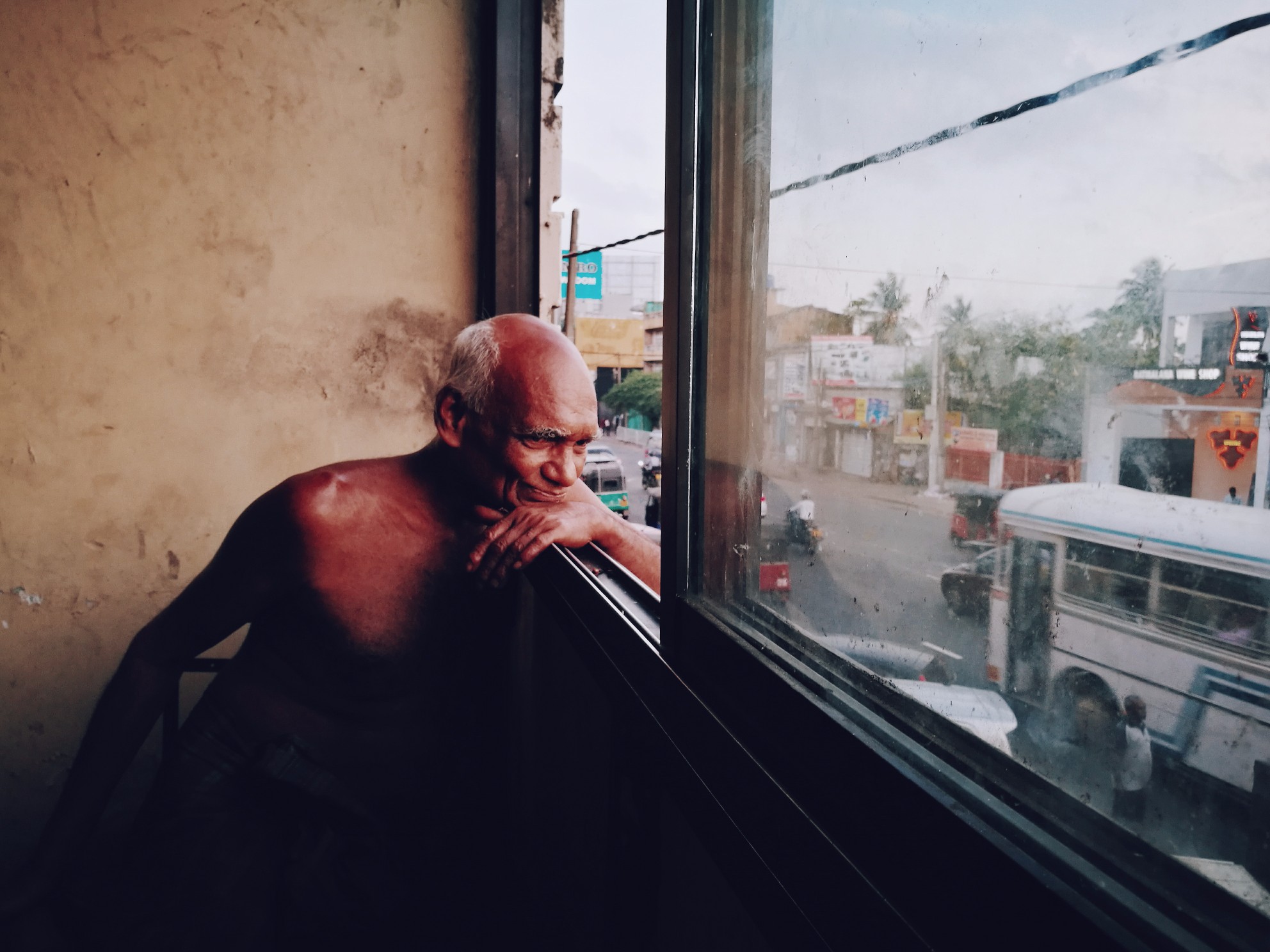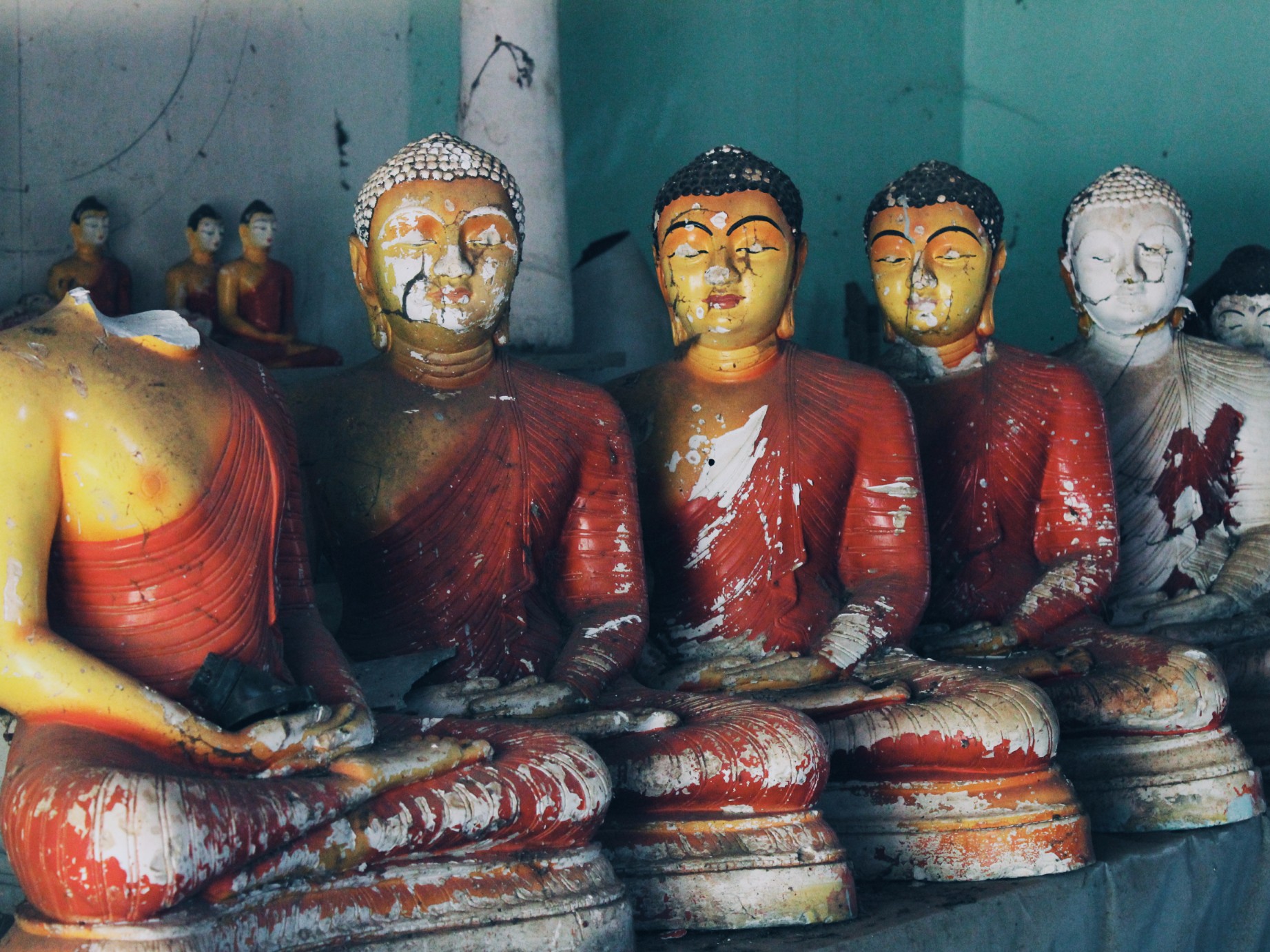The Violence of Memory
(Photographs, 2014-2018)Sri Lanka, 2017: Eight years after the end of the war, the memory of violence might be in the past, but the violence of memory is continuously refreshed. The military guise has been shed, but violence still lingers in the everyday. This violence exists in the culture as much as it does in national symbols and institutions. It lingers in conversations, the interactions between people, in casual looks exchanged in the streets. It even lingers in family environments, in carefully and subconsciously crafted self-perceptions, even among the oppressed.
In terms of political philosophy, this violence is an Althusserian Ideological State Apparatus, its subjects, i.e. all Sri Lankans whether majority or minority, are continuously interpellated or ideologically indoctrinated in various sites of institutional power, including family environments and the cultural space.
The ‘violence of memory’ is a violence that continuously seeks to maintain the status quo, ultimately invoking only a single thought; know your ‘place’, and stick to it. It operates largely in the invisible, and when it surfaces, it only does so in the minds of those it actively others. To everyone else, it is merely a ghost in the dark, an illusion conceived of only by the mentally unhinged. People submit out of fear of ridicule, fear for their lives and their
livelihoods.
Sri Lanka, with thousands of years of history and heritage, is a country that has suffered enormously from conflict in its post-independence years. Most of it has been driven by the complete stake to the nation laid claim to by its dominant Sinhala-Buddhist majority, represented by the roaring, sword wielding lion in the country’s flag. The war with the LTTE, and the JVP’s Marxist class struggle laid claim to more than a hundred thousand lives. Today, in the post war era, Islamophobia has reached dangerous levels, with many of the global stereotypes levelled against the Islamic faith surfacing in strong institutional propaganda and public discourse. Mass racism and acts of brutal violence is seen against Muslim and Christian minorities, as well as against the economically dispossessed.
Currently the country slumbers in an uncomfortable and tenuous peace. The wounds that have been created by its 30 year long civil war, and the root causes for the same, and the festering sores from its multiple other fears and insecurities are left unhealed. The ultranationalist ideology that has pervaded Sri Lanka’s existence since independence constantly works in the background, looking for an opportunity to break out into a mainstream under pressure from an urgent need to ‘develop’ and ‘progress’ at all costs.
Currently the country slumbers in an uncomfortable and tenuous peace. The wounds that have been created by its 30 year long civil war, and the root causes for the same, and the festering sores from its multiple other fears and insecurities are left unhealed. The ultranationalist ideology that has pervaded Sri Lanka’s existence since independence constantly works in the background, looking for an opportunity to break out into a mainstream under pressure from an urgent need to ‘develop’ and ‘progress’ at all costs.






Commissioned for Groundviews and featured in
Groundviews 2015 (publication)
‘Young Subcontinent’ Serendipty Arts Festival Goa 2016
‘In search of stillness’, Edinburg Festival Fringe 2017
Society and Culture in South Asia 2018 (publication)
‘Recurrence: a conversation among six artists’ Lionel Wendt Gallery Colombo 2019
Groundviews 2015 (publication)
‘Young Subcontinent’ Serendipty Arts Festival Goa 2016
‘In search of stillness’, Edinburg Festival Fringe 2017
Society and Culture in South Asia 2018 (publication)
‘Recurrence: a conversation among six artists’ Lionel Wendt Gallery Colombo 2019